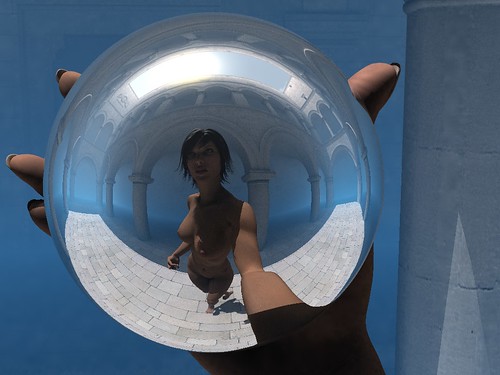Alan Wexelblat in Copyfight poses a question from a reader about the future of entertainment:
what rights do you purchase/license/contract for in creating such a reproduction of a real person? Rights to the “likeness?” Performance rights? Do either of these cover things the actor never physically did or said? Is there an exclusivity clause? There are clearly some issues around the ownership of a character, if that character has appeared before (e.g. Connery’s Bond) but usually the character rights reside with the studio. But if you want the Connery Bond instead of a generic James Bond you also have to incude Connery in the deal, as well as whatever studio or estate has the Bond character rights.
The question apparently stems from a story in Slate, but I wonder how long this will remain an issue. Wexelblat notes that the technical limitations to “true-to-life, fool-an-audience reproductions” are high…for now. While flesh and blood talent rule the silver screen today, the time when they may be replaced is near. But once we cross that threshold, what’s to keep the animators from creating their own characters? And how long before animators and modelers like belaljimez, whose rendering appears above, wrest control of the screen from today’s pretty faces?
